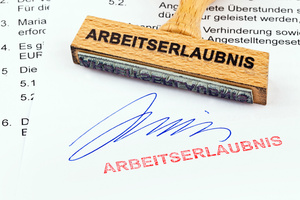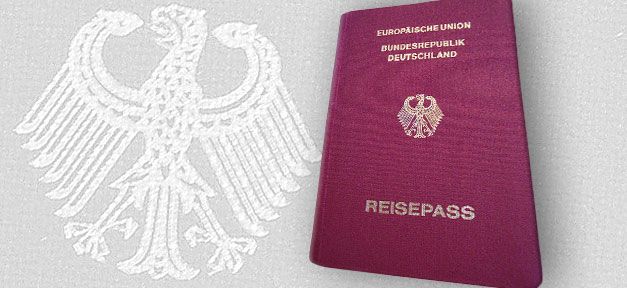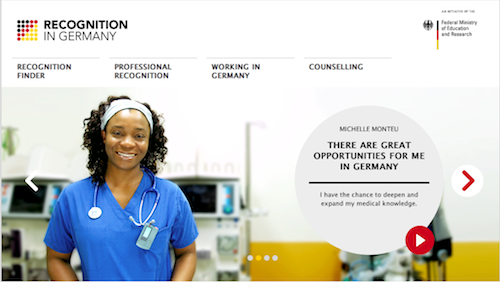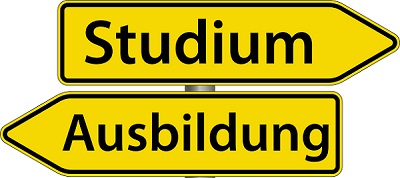As a student in Germany, after graduation you have two options either to apply for a work permit or apply to the new EU Blue Card that was introduced in 2012. So which one do you choose and why?
Similarities:
- Allow you to work in Germany
- When applied for independently, both are issued on the basis of demand for the profession in Germany.
- Both allow the holder to bring along their families.
Differences
Permit
- Can be issued for shorter periods (from 6months) and can be extended regularly
- Expensive in the long run (each extension costs about €100)
- Can be converted into a permanent residence permit after 60 months
- Independent of how much one earns
- Can be issued in connection to other visas e.g. Family visa and in special cases a study visa
- If bringing along the family, a work permit holder has to prove their job will sustain the dependents.
- Application process can be quite complicated. (Read: Applying for a Work Permit after Graduation)
Blue Card
- Automatically issued for 4years with no extension
- Cheaper, issuance costs about €150 but no more than €250
- Can be upgraded to a permanent residence permit after 21 months (for those with good German) or 33 months for the others
- Is usually company dependent, meaning it is issued with the purpose of working for a specific company. In case you change jobs, then you have to get a new one.
- Issuance is dependent on how much you earn. You can check the requirements here. (Read: EU Blue Card Introduced)
- Is issued independently
- Automatically allows family members to join the card holder, without need to prove financial capabilities. This is because, holding the card already shows that one is earning enough.







